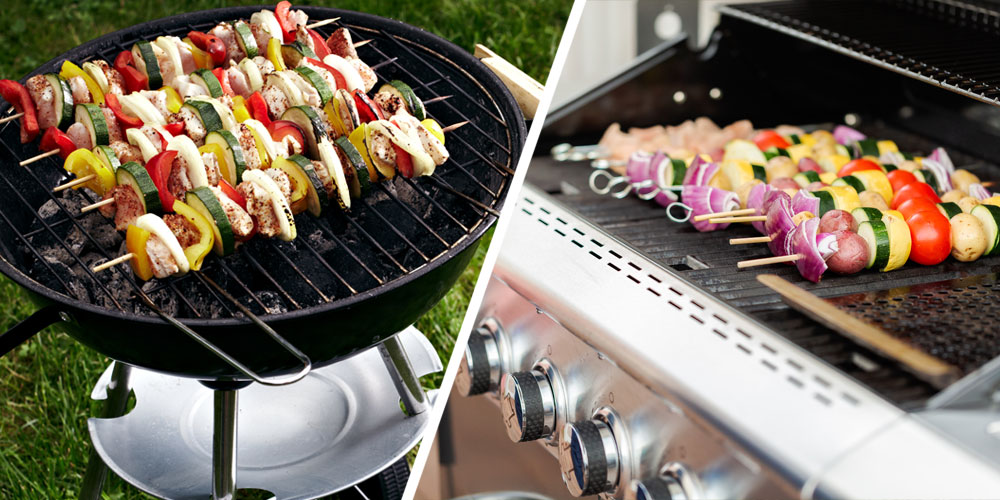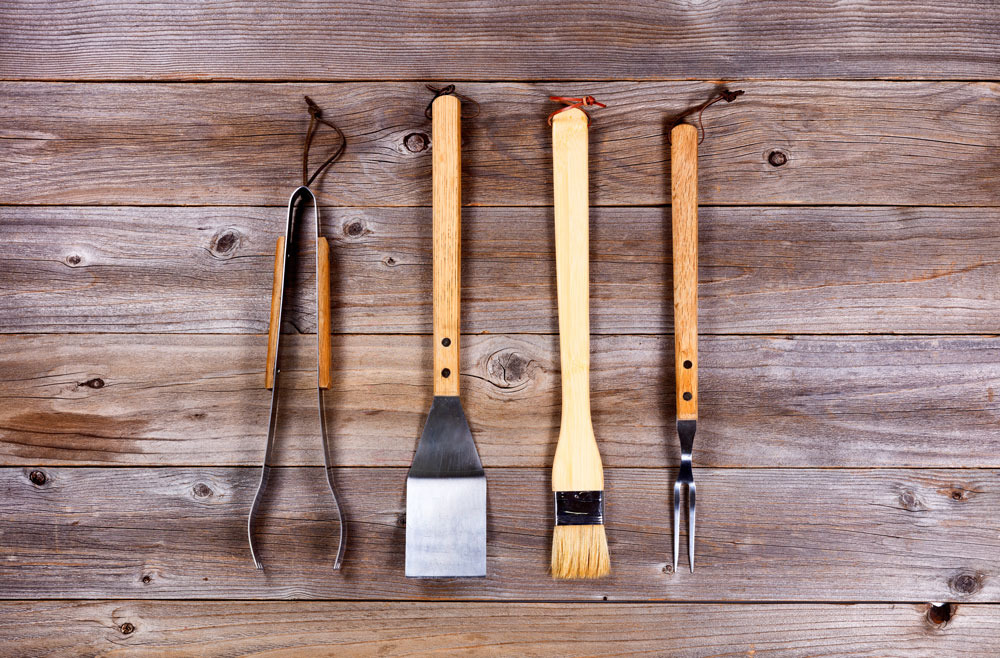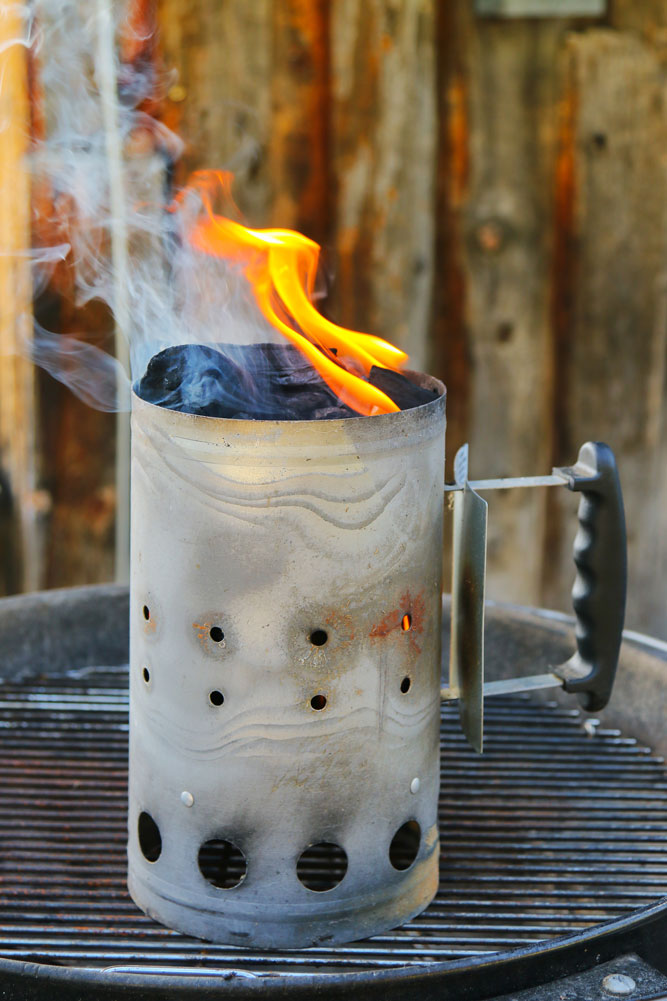Diabetes-Friendly Thanksgiving Recipe Roundup
Having diabetes doesn’t mean you can’t enjoy all the flavors and fun of a Thanksgiving feast. Diabetes Food Hub has plenty of healthy recipes you can use for your Thanksgiving (or Friendsgiving) meal. We’ve put together a list of recipes to pick and choose from to help you monitor your carbs and calorie intake.












